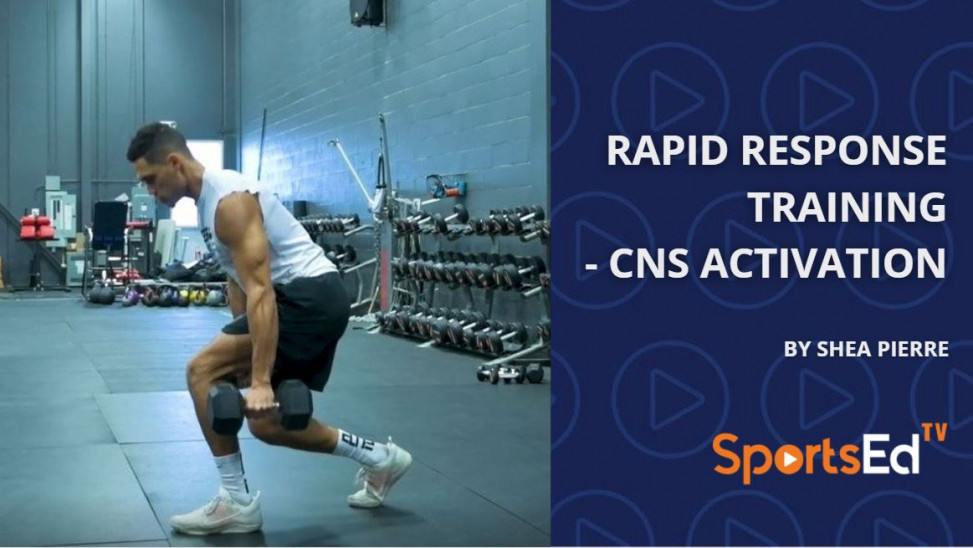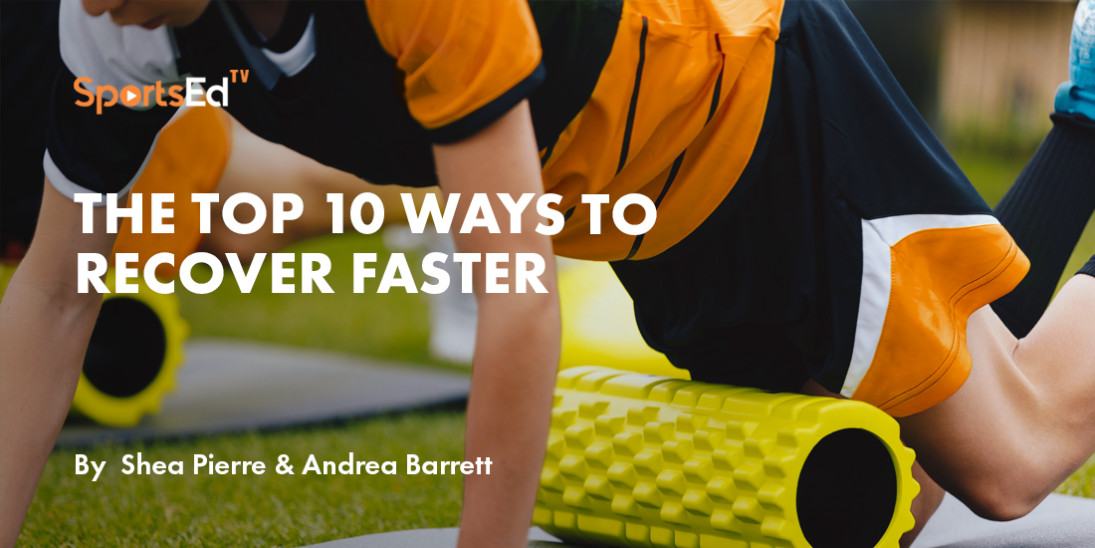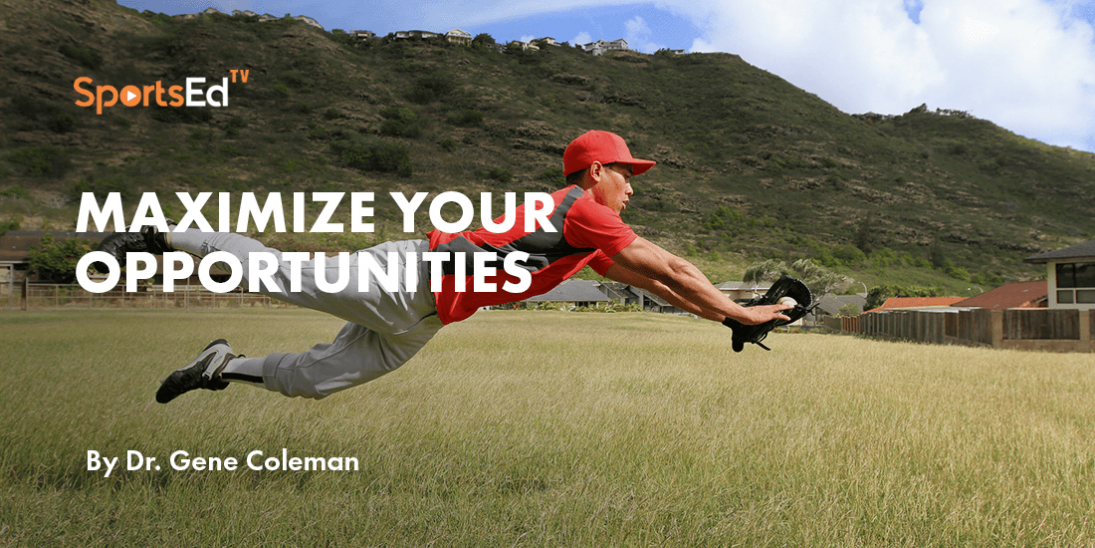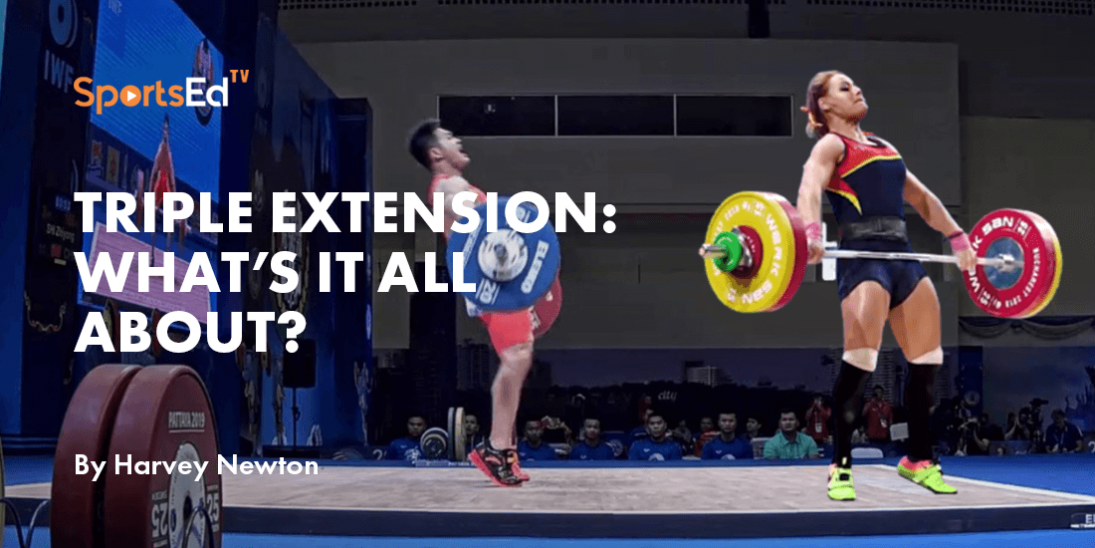Strength And Conditioning
Welcome and thanks for visiting...

Rapid Response Training - CNS Activation

The central nervous system (CNS) controls the entire body. It’s comprised of the brain and spinal cord and is responsible for initiating every activity in the body from breathing, walking, or running, to sleeping and thinking. But one thing a lot of athletes don’t know is that CNS activation could be the key to unlocking your maximum athletic potential.
Why? You wouldn’t start a car in the dead of winter and try to drive it right away, would you? You would let it warm up, rev the engine a bit, and take off. The same principle applies to your body — you need to rev your own engine a bit before getting under a bar or on a field and knocking out a killer performance.
Cue: rapid response training — also known as central nervous system activation.
What is CNS Activation?
CNS activation essentially refers to warming up the brain and spinal cord prior to training. The idea behind rapid response training is that the brain is our control centre; it controls all of the force we can elicit, which is why training the brain, in conjunction with the body, may be one of the most important ways you can elevate your athletic performance.
In order to activate a muscle, a neuron must fire to the brain to signal movement. Without this signal, the muscle will not function; hence why the brain is just as important as the muscles when it comes to strength and power. A study published in Sports Medicine showed that neural output from the CNS to activate muscle fibers increases when an athlete adheres to a focused strength training program; muscle training strengthens neuromuscular circuitry, which allows muscles to produce greater amounts of force.
Another study published in the same journal suggests that the brain rarely activates all motor units in a muscle group at once, regardless of if the individual is using maximum muscular force. With repetitive strength training, however, the brain learns to activate motor units with more synchronicity.
That said, we are only as powerful as our brains allow us to be.
The goal behind CNS activation is this: the faster you can push a weight (barbell, dumbbell, kettlebell, etc.), the more muscle fibers you will recruit and the more weight you will be able to move. Incorporating explosive movements before heavy training prepares and teaches your body to move with maximal force and velocity. This principle is known as postactivation potentiation (PAP); it is the increase in muscle force and rate of force development as a result of previous activation of the muscle.
A Little Bit About the CNS
As mentioned before, the CNS is responsible for control of nearly every body function. The central nervous system has the ability to create high powered, yet skillful movements in an athlete. However, it will only do so as long as the movement doesn’t pose risk of injury. When the brain senses there is a potential for injury, the strength of the signal sent to activate muscles decreases to reduce the likelihood.
There are three main things that will do this:
1. Instability
Lack of proper muscle firing patterns causes instability in joints. As a result, the body doesn’t send full power to these particular joints because it significantly increases risk of injury — something the body will try to avoid at all cost. The most common areas where instability is present is in the spine and feet, which will cause pain when lifting, throwing, jumping, or running/sprinting.
2. Lack of high intensity contractions
When you don’t incorporate high intensity muscle contractions into training, the body cannot learn to produce heavy forces. The best way to improve this is to continually and maximally practice the movements that you want to get better at. Incorporating lots of conditioning where strength and power are minimal is great, but it won’t help when you need to produce maximum force. In order to lift heavier, you must subject yourself to either very fast or very heavy loads, with a combination of both being optimal. Training at full speeds or heavy weights frequently forces the body to adapt and learn new training patterns.
3. Weak mentality for training and adapting
The mental aspect of training can sometimes be more important than the physical. An athlete’s belief patterns and attitudes transfer directly into their training and competitions. If an athlete believes that they “aren’t good enough” or they’re “not strong enough”, the brain and nervous system function to give the mind and body exactly what it thinks. Thus, it down regulates the speed and power of the muscles.
How to Train Your Nervous System
Before firing up your nervous system, doing a good warmup is advisable to get your body loose and your core body temperature up. This can be in the form of a general warmup or a sports specific warmup.
1. Train specific overload in your movements
When it comes to training your body to be more efficient, you have to continually challenge your body with new weights in order for it to improve. This is called the principle of overload and it states that a greater than normal stressor or load is required for training adaptations to take place. Overloading body systems with higher work rates and increased loads causes the body to respond to the extra demands by improving its performance. Therefore, increasing the stimulus placed on the body ensures that progress does not stall.
The brain will choose efficiency over proficiency in most cases, which means that when working on power or endurance, it will always gravitate towards endurance. And if you don’t perform enough specific, high velocity movements, you will eventually hit a plateau. In order to break through this plateau, you must train specifically more often, and then incorporate overload.
Here are a few examples of how to overload common movements:
- Sprints: Overload with overspeed sprinting (running at a speed that pushes the body past what it’s accustomed to during normal sprinting pace)
- Barbell squats: Overload with supramaximal reps
- Vertical jumps: Overload with depth jumps
- Throwing: Overload with a lighter throwing implement (5-20%)
2. Incorporate more high velocity training
To improve the power and efficiency of the nervous system, it’s necessary to train with high velocity contractions. These are movements that create the highest recruitment of muscle motor units.
Most weight lifters tend to neglect speed and focus on the overload concept of low speed movements paired with heavy resistance. Instead, focusing on moving fast on every repetition not only improves your lifts, but also your athletic performance in general.
3. Training the trunk allows better connection to the muscles
The core is incredibly important to every single movement you do. Without core stability, you run the risk of encountering serious injuries. Focusing on specific core movements helps to build better spinal stability and structure and results in better movement patterns.
According to Roger Nelson Jr., one of the biggest determinants of strength is “inter-muscular coordination, or the ability of the muscles to contract in measured harmony to create a desired motion pattern.” The more complicated the movement is (number of joints crossed, muscles used, modes of contraction present, and speed), the more task-specific inter-muscular coordination is required to perform them at a high level. Movements like swimming and sprinting require high levels of coordination, while movements like squats, deadlifts, and broad jumps require considerably less coordination. Regardless of how complex the movement is, specific practice is needed to maximize coordination.
Traditional weight training generally focuses on symmetrical static positions and compartmentalizing muscles, whereas crawls, carries, and tumbling use the body in its entirety and force each muscle to work together. Doing these sorts of exercises also helps to reduce the tendency for overuse injuries and stagnation.
Here are a few examples of movements:
- Run: high knees, shuffles, carioca, single-leg linear hops, single-leg lateral/medial hops, skaters, sprints
- Crouch: duck walks, lunges, lateral lunges, rabbit hops, frog hops, low lateral walks
- Crawl: linear bear crawls, lateral bear crawls, linear crab walks, lateral crab walks, inchworms, handstand walks, plank rolls
- Roll: somersaults, shoulder rolls, lateral rolls, deadbug twists, bridging shoulder walks, worm crawls
4. Control your subconscious mind
Improving your power output isn’t just about training the physical — it’s also about training the mental. As we mentioned before, having a negative attitude or belief system can result in poor performance. Mental strength training focuses on helping athletes to break through mental barriers that prevent them from performing at their peak potential.
These are a few areas in which mental awareness and training can help athletes:
- Identify and understand what makes them tick
- Instil a healthy attitude towards competition — learning to be okay with both success and failure
- Identify obstacles that may be preventing them from reaching their goals or potential
- Realize their full potential and ability to reach their goals
- Strengthen mental ‘muscles’ to be able to prepare for performance
By concentrating on the mental strategies needed to be successful in any competition or training situation, mental strength training looks to achieve overall performance improvement and to enhance consistency in athlete’s performance.
When it comes to having a strong mentality, here are a few things to remember:
- Choose and maintain a positive attitude
- Maintain a good level of self-motivation
- Set realistic goals
- Practice positive self-talk
- Maintain concentration
Nutrition Matters, Too
If you’re looking to improve your athletic performance, it’s not just about training your nervous system. Proper nutrition is essential as well. There are certain nutrients that the nervous system needs to function at its best.
Nerves have a little ‘wrapping’ around them called the myelin sheath, which helps to improve conductivity of nerve signals. Any athlete looking to max out their speed and power should follow a diet that supports not only the formation and function of these sheaths, but also the nervous system as a whole.
Two of the main nutrients that support NS function are:
- Omega-3 fatty acids — DHA, specifically, is critical to proper nervous system function as approximately 90% of the human brainis comprised of DHA. Good sources include cold water fatty fish, grass-fed beef, kale, collards, and algae like spirulina and chlorella.
- B-complex — Nearly all of the B vitamins support the health of the nervous system and cognition in general. Dark leafy greens such as kale, bok choy and swiss chard, as well as organ meats provide good amounts of B vitamins.
Get Started
Here are three primary areas with examples to get you started on improving your speed and power.
1. Plyometrics
- Clap push-ups
- Medicine ball throws
Med Ball Behind The Back Toss:
Med Ball Throw Slam Complex:
- Power skips (20m)
Track Drills - Power Skips:
- Hurdle hops
Explosive Hurde Jump:
Death Jump - 3 Hurdles To Single Leg Box Jump:
Hurdle Jump To Reaction Lateral Shuffle:
- Medicine ball slams
Medicine Ball Single Arm Reactive Slam:
2. Speed-Strength
- Chest throws
Kneeling Medicine Ball Lean & Throw:
- Power cleans
- Medicine ball throws and slams
- Dumbbell jumping lunges
Split Stance Alternating Dumbbell Jumps:
Dumbbell Alternating Split Jumps Or Tuck Jumps:
3. Complex Training (Strength + Speed-strength or plyo)
Combining the two types of exercises results in greater muscle fibre recruitment and greater improvements in power and rate of force development.
- Squats + jump squats
Barbell Pin Squats (Heavy):
Track Drills - High Tuck Jump:
- Lunges + jumping lunges
DB Lunge With Lateral Raise:
DB Alternating Split Jumps Or Tuck Jumps:
- Overhead press + overhead medicine ball throw
- Push-ups + med ball slams
Written by Shea Pierre & Andrea Barrett at:
https://www.pierreseliteperformance.com/rapid-response-training-cns-activation/





